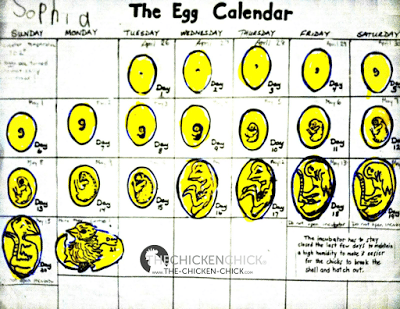

You may think you'll only use it once a year. So take the formula above, and then multiply it by the capacity of the incubator you bought because hatching your own chicks would be "so much cheaper." Take it from experience, you may think you won't fill the incubator to capacity. The formula at this point is y = x(just in case some die) + deaths/roosters * 2 + " Oh my gosh it lays BLUE EGGS" 5, but what happens when you decide, "Gosh, it'd be so much cheaper to just hatch our own instead of buying new chickens every time we need them." You might be thinking, "well, 35 chickens is a lot more than 10, but it's still not too bad." Well, we're not finished yet. This is how we went from 30 birds to 35, because we wanted blue layers and we wanted to make sure at least one was a hen who made it to adulthood. So now, y = x(just in case some die) + deaths/roosters * 2 + " Oh my gosh it lays BLUE EGGS" 5. The next step in the equation is when you discover a new breed you didn't know about before and just have to have it.

This is how we originally planned on owning ten chickens, so we got 20, lost ten over the course of a year, and of course, replace the 10 lost birds with 20 more. When calculating your chicken math, you also have to consider replacing losses, so y = x(just in case some die) + deaths/roosters * 2. We wanted 10 birds, so we got 20, "just in case."īut it doesn't stop at 20 birds. The "just in case" may be "in case some don't make it to adulthood" or "in case some turn out to be roosters." This is how our original plan to have 10 birds became 20 birds. If the intended number of chickens is x and the actual number of chickens is y, then y = x * "Just in case". There is a formula to chicken math, and it requires some of that algebra you never thought you'd use as an adult.


 0 kommentar(er)
0 kommentar(er)
